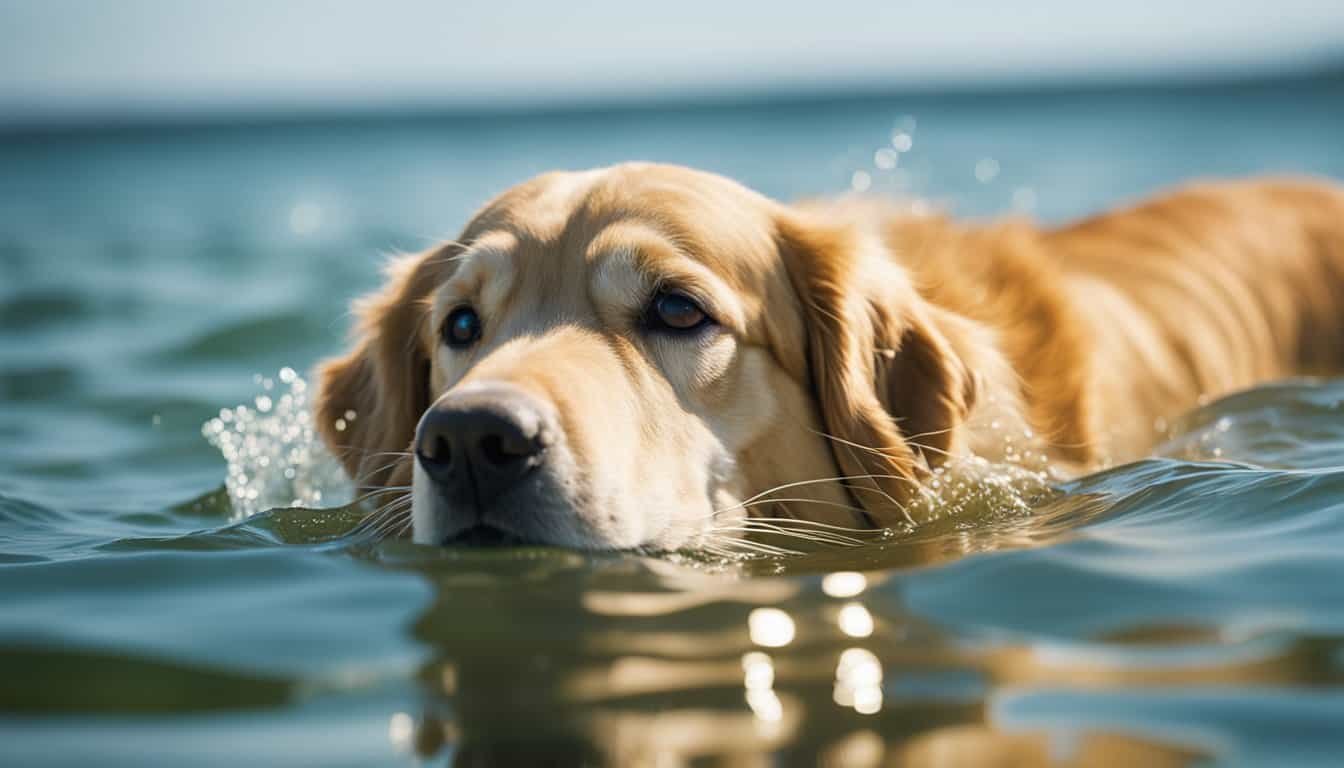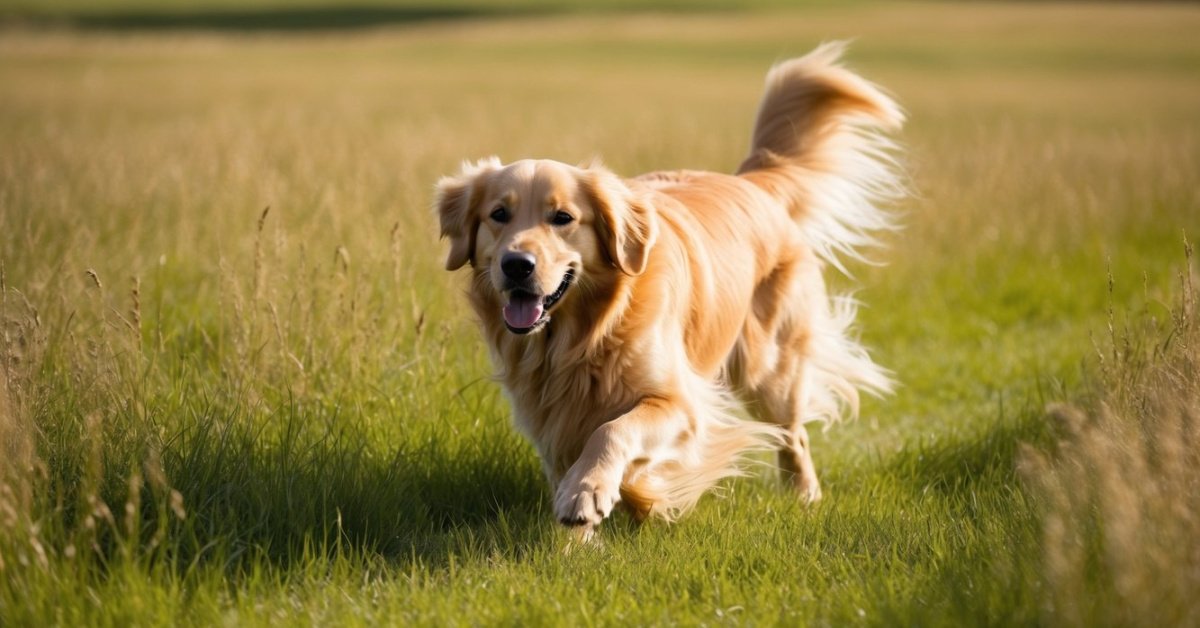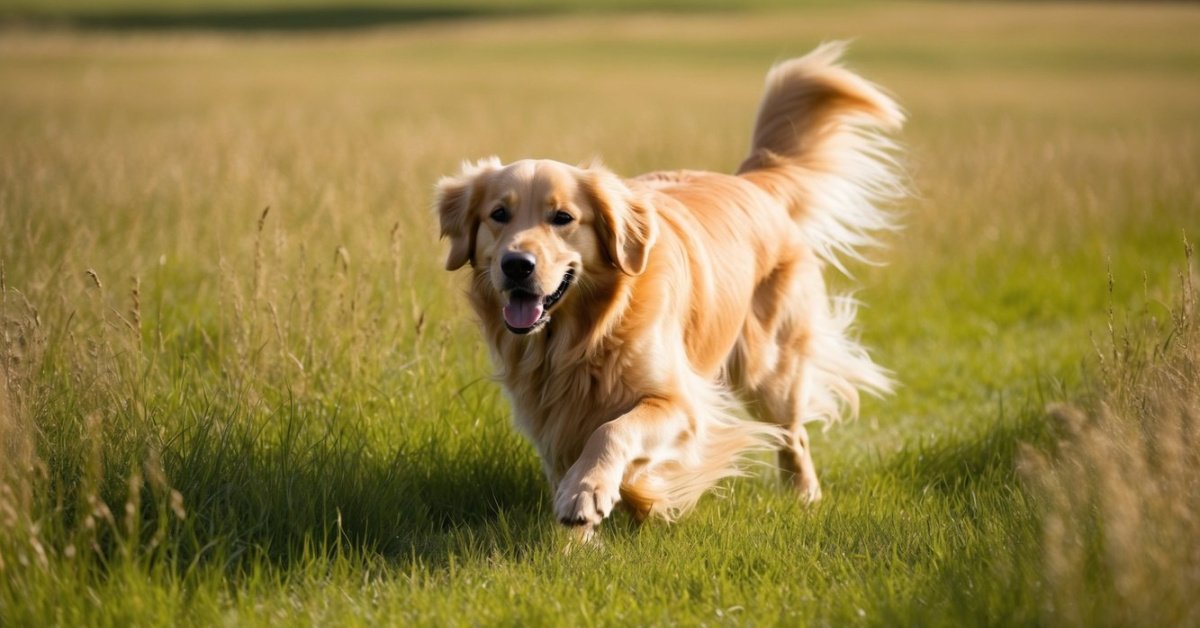Golden Retriever puppies are bundles of joy, full of energy and curiosity. Watching them bounce around can be a delightful experience, but it’s crucial to understand their exercise limits. Overdoing it can lead to fatigue or even injury, which is the last thing any puppy parent wants.
Understanding Golden Retriever Puppy Exercise Limits
Golden Retriever puppies require exercise that’s tailored to their age and energy levels. It’s crucial to recognize their limits to ensure they stay healthy and happy.
Importance of Appropriate Exercise
Appropriate exercise keeps Golden Retriever puppies physically fit and mentally stimulated. Regular activity prevents boredom-related behaviors, like chewing or digging. By engaging in age-appropriate play and exercise, I support healthy growth while strengthening our bond through interactive activities.
Factors Influencing Exercise Needs
Multiple factors influence a Golden Retriever puppy’s exercise needs, including:
- Age: Younger puppies may tire quickly, needing shorter, more frequent sessions. Formal exercise routines can wait until they’re older.
- Health: An overall health assessment is vital. Puppies with medical conditions require tailored exercise recommendations from a veterinarian.
- Temperament: A puppy’s personality plays a role in exercise needs. More energetic puppies demand additional physical activity, while calmer ones may excel with less.
- Weather: Harsh weather affects outdoor activity levels. Adjusting exercise based on heat, humidity, or cold ensures safety during playtime.
By considering these factors, I can provide a well-rounded exercise routine that fits my Golden Retriever puppy’s unique needs.
Recommended Exercise Guidelines
I focus on creating a balanced exercise routine for my Golden Retriever puppy, ensuring she receives adequate physical activity without overexerting herself. The following guidelines can help establish a healthy exercise regimen.
Daily Exercise Duration
I recommend about 5 minutes of structured exercise for each month of age, up to twice a day. For example, a four-month-old puppy benefits from approximately 20 minutes of exercise per session. Increasing slightly as she grows, the total daily exercise duration should not exceed 1 hour for adult Golden Retrievers. I monitor her energy levels and adjust accordingly to prevent fatigue or joint stress.
Types of Exercise Activities
I include a variety of activities to keep my puppy engaged and healthy. Here are several effective exercise options:
- Walking: I take my puppy on leashed walks, gradually increasing distance and pace as her stamina improves.
- Fetch: I play fetch with her, throwing a ball or frisbee, which stimulates her natural retrieving instinct while providing cardiovascular exercise.
- Obstacle Course: I set up a simple obstacle course in my yard using household items, encouraging her to navigate, jump, and weave through the structure.
- Socialization: I arrange playdates with other puppies or friendly dogs, allowing her to explore social interactions in a controlled environment.
- Swimming: I introduce her to shallow water, as Golden Retrievers are natural swimmers, and this low-impact activity is gentle on their joints.
By incorporating these activities into her routine, I keep my Golden Retriever puppy healthy, happy, and well-stimulated.
Signs of Overexertion in Puppies
Recognizing when a Golden Retriever puppy has pushed too hard is crucial for their wellbeing. Several physical and behavioral signs indicate overexertion.
Physical Indicators
- Panting: Intense panting often signifies that a puppy is overworked. If it’s excessive, it’s a clear warning sign.
- Lethargy: A sudden drop in energy or playfulness indicates fatigue. Puppies should remain curious and energetic during exercise.
- Stumbling: If a puppy stumbles or has coordination issues, they may be nearing exhaustion.
- Excessive Thirst: Frequent stops to drink water often mean a puppy needs a break.
- Warm Skin: If my puppy’s skin feels unusually warm to the touch, it suggests overheating. Monitoring their temperature helps prevent heat stress.
Behavioral Signs
- Reluctance to Continue: If a puppy hesitates to join in activities or pulls away from play, it’s time to slow down.
- Excessive Barking or Whining: Vocal behaviors can indicate discomfort or stress.
- Distraction or Lack of Focus: If my puppy’s attention wanes or they seem disinterested, they might be tired.
- Sitting Down: Taking a break by sitting can show that a puppy needs to rest before continuing.
- Chewing or Nipping: Stress or discomfort may manifest as playful nipping or chewing on objects.
Staying vigilant for these signs helps ensure my Golden Retriever puppy remains healthy and happy during exercise.
Creating a Balanced Exercise Routine
Creating a balanced exercise routine for Golden Retriever puppies involves understanding their needs at different ages. It’s vital to encourage activity while ensuring they don’t overexert themselves.
Incorporating Playtime
Incorporating playtime into your puppy’s routine keeps them engaged and enhances their physical and mental health. Activities like fetch, tug-of-war, and hide-and-seek can provide structured fun. Use interactive toys to stimulate their curiosity and encourage exploration. Playtime should be frequent and brief, lasting around 10-15 minutes. Make sure to change activities regularly to maintain interest and prevent boredom.
Adjusting Based on Growth Stages
Adjusting exercise based on growth stages is crucial for a Golden Retriever puppy’s development. For puppies aged 8 weeks to 4 months, focus on short, low-impact activities like gentle walks and light play. Puppies between 4 to 12 months require slightly more intensive activities, such as longer walks and light jogging. After reaching 12 months, they can engage in more vigorous exercises like running or swimming. Monitor their response at each stage, and modify exercise intensity and duration accordingly to promote healthy growth.

Conclusion
« Essential Tips on How to Choose a Golden Retriever Puppy from a Litter
Your Ultimate Guide to the Golden Retriever Adoption Process Step-by-Step »
Understanding my Golden Retriever puppy’s exercise limits has been a game changer. It’s all about finding that sweet spot where they can enjoy their playtime without overdoing it. I’ve learned to pay attention to their cues and adjust our routine as they grow.
Incorporating a mix of activities keeps things fresh and exciting for both of us. Watching my puppy thrive and stay happy is the best reward. By being mindful of their needs and keeping exercise fun, I’m setting the stage for a healthy and active life together.











